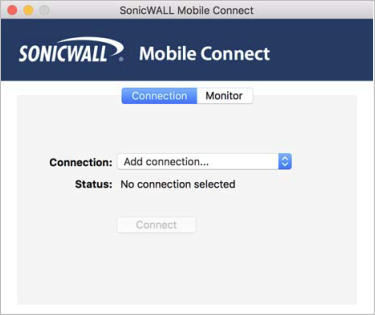

Periodically broadcast system ARPs every 60 minutes. Never broadcast more than 100 Gratuitous ARPs in any 60 second period. Only allow ARP entries with unicast addressesīypass ARP processing on L2 bridge interfaces Enjoy!Įnable open ARP behavior (WARNING: Insecure!!)Įnable Source IP Address validation for being directly connected Keep in mind these options are undocumented, unsupported, and it is suggested to only make changes to these values if instructed by Dell Technical Support. Below is a rough list of some of the options. For me the option I needed was “Disable Port Scan Detection” under the Firewall section. Under Internal Settings there are quite a few settings and options. On the main page you will see the following disclaimer. It appears to be available in all of the TZ series devices, the SOHO, and likely others. User: username ( Note:**AD domain name should **not be included in the username because the SonicWALL will search the user contexts that were specified on the Directory tab).SonicWALL Hidden Features and Configuration OptionsĮarlier I stumbled across a hidden set of features and settings in a TZ215 by going to /diag.html and figured Id share this with everyone in case you were unaware of it as I was.Once you do that, on the “Test” tab you should be able to test with: is correct.Īfter doing auto-configure make sure “Trees containing user groups:” includes the section of your AD tree that has the users who will be logging in. Now, before your logins will work you have to go to the Directory tab and click “Auto-configure.” If auto-configure fails, make sure the SonicWALL’s LDAP username and password (e.g. Did not configure RADIUS as a fallback.Require valid certificate from server: unchecked (we use a self-signed cert).Bind distinguished name: (a user we created to allow the SonicWALL to read LDAP).Authentication method for login: LDAP + Local Users.The server is Windows Server 2003 R2 and the SonicWALL has SonicOS Enhanced 4.2.0.1-12e. It may be small comfort, but it’s working for us.


 0 kommentar(er)
0 kommentar(er)
